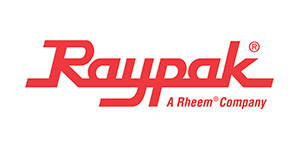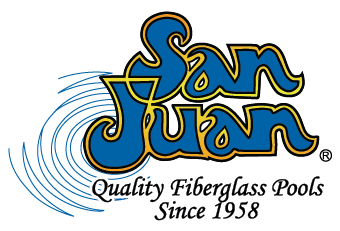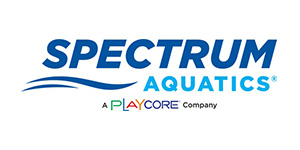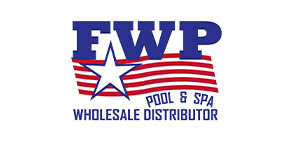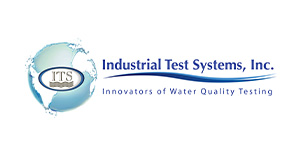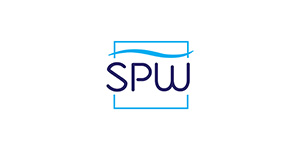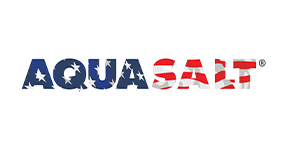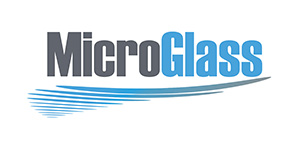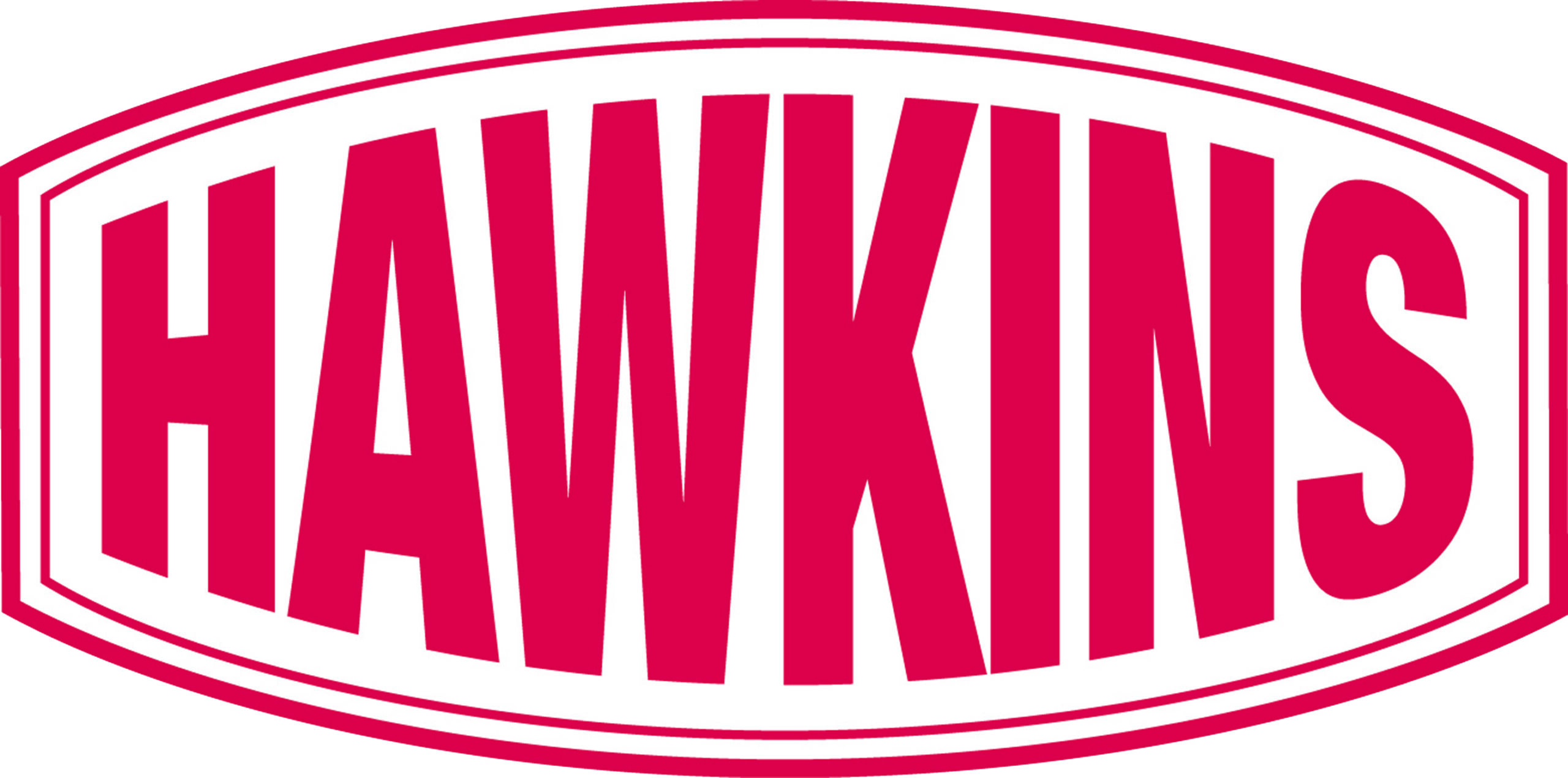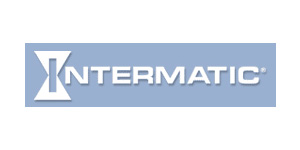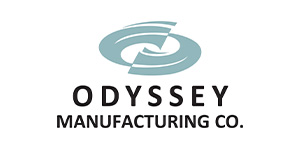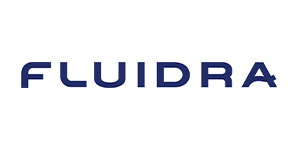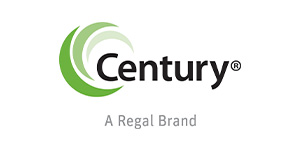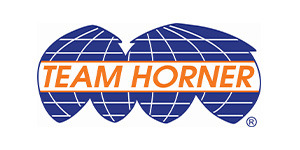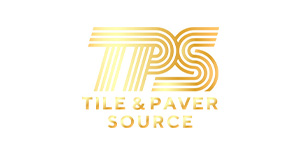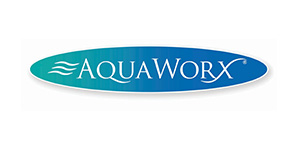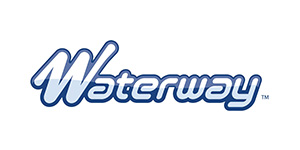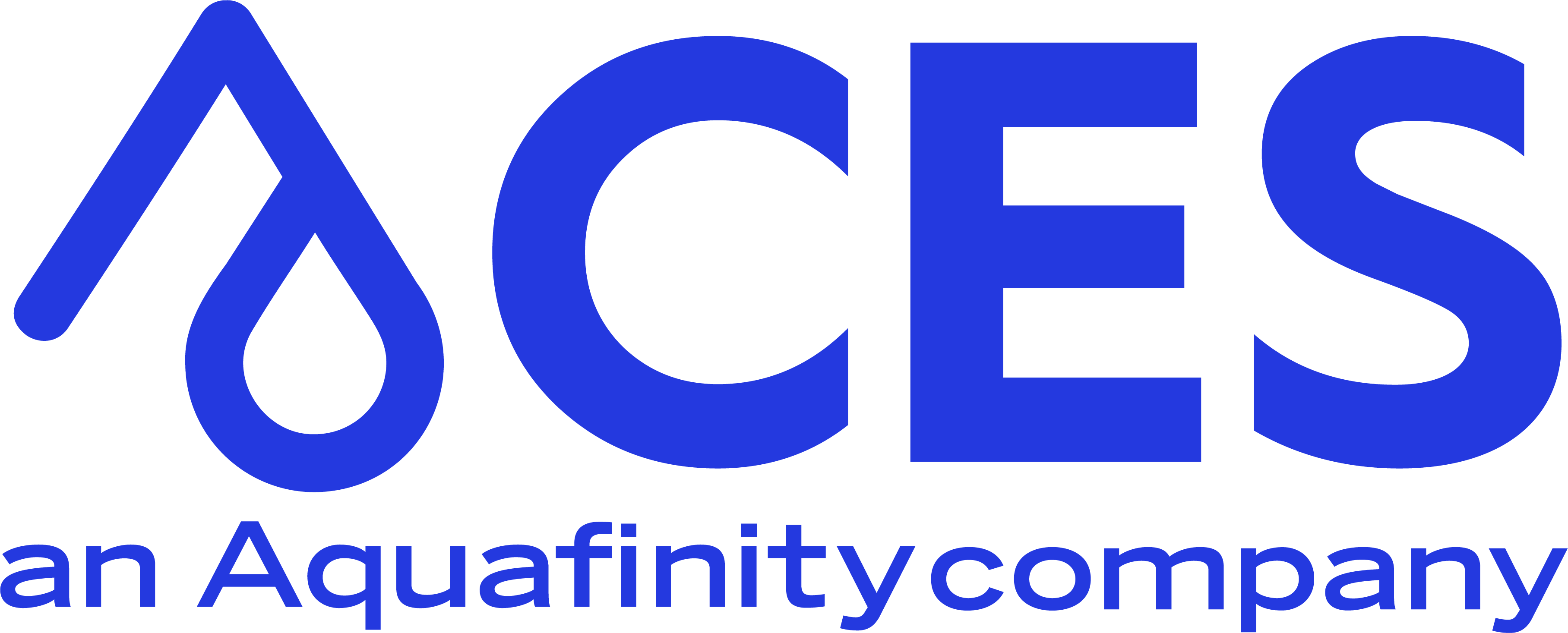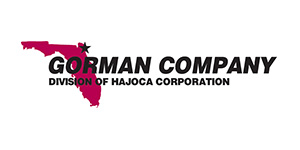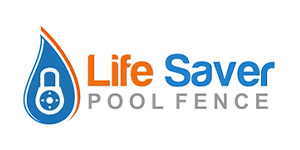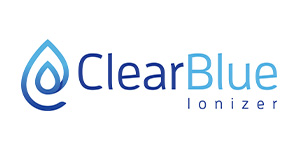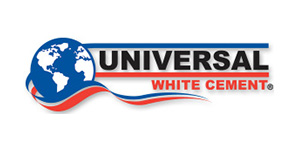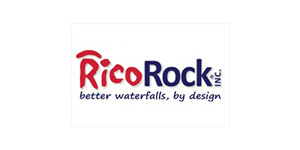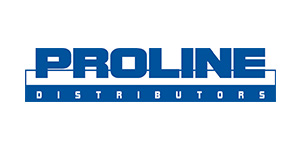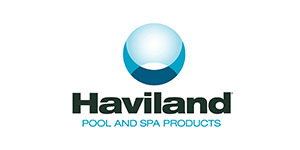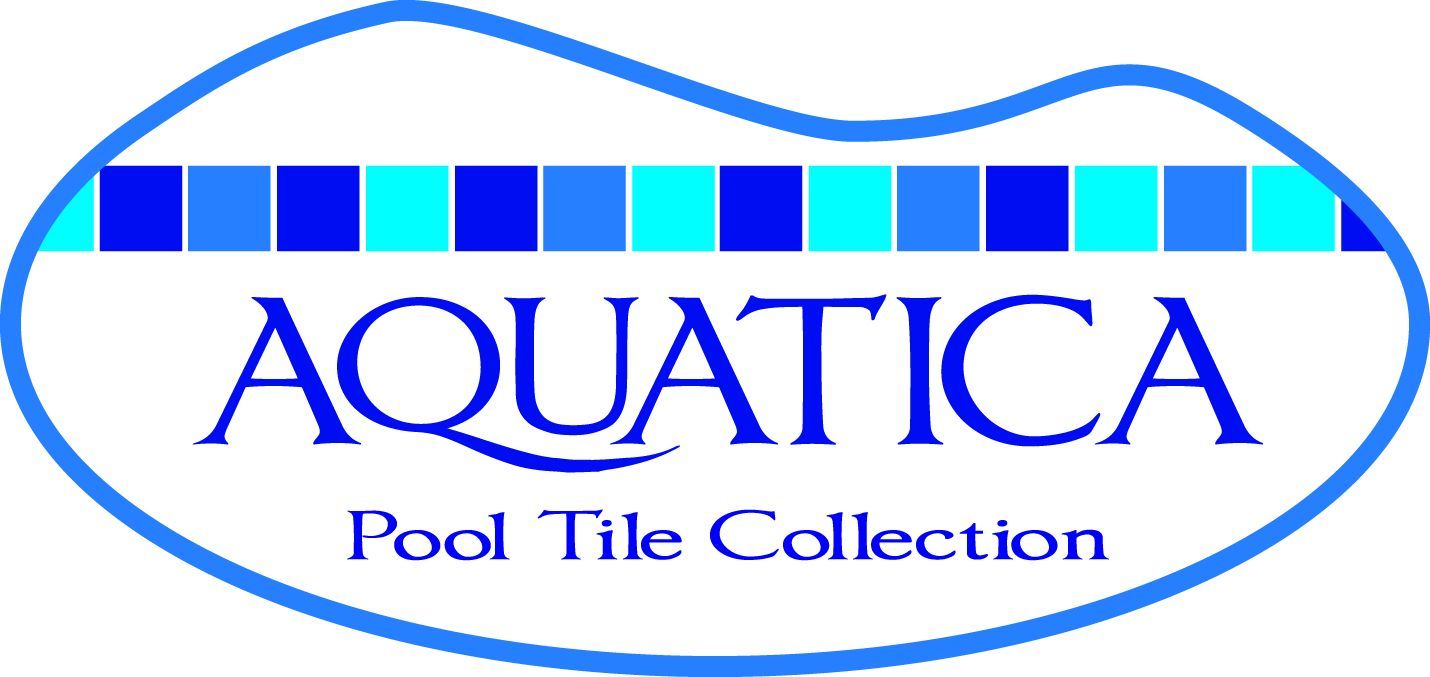During a recent seminar, we were asked to shed light on things that might impact chemical options being used on commercial pools statewide and beyond. With constant tweaking of state codes, the emergence of (national) Model Aquatic Health Code (MAHC), and constant new product development, sometimes a recap isn’t such a bad idea.
One of the biggest changes to traditional chemistry came as a result of newly recommended guidelines. The emergence of the CDC’s updated Fecal Incident Response (also known as AFR or Accidental Fecal Release) guidelines in 2016, when rightfully followed to the letter of the law, has impacted the way commercial pools are operated. These “recommendations” for handling of Code Brown incidents have become the go-to procedure for Department of Health (DOH) inspectors and administrators; the insurance industry and legal community look at it as best practice and literally sometimes the only practice. Since the stakes for potential injuries, including death, from cryptosporidium-related exposure are so great, most feel that bucking the CDC’s guideline might be somewhat hazardous to your company’s well-being. You can find a full copy of this guideline on the CDC website at: www.cdc.gov/healthywater/swimming/pdf/fecal-incident-response-guidelines.pdf.
In a nutshell, the 2016 guidelines pinpoint AFR-related pool water shocking procedures and thresholds under various conditions. They mainly separate solid (or formed) from non-solid (diarrhea-related) releases, and separate pools into with and without significant levels of cyanuric acid or stabilizer.
Shocking the pool after a formed release (remember the Baby Ruth bar in the movie Caddyshack) is quite simple. The operator would: close the pool to swimmers, and raise the chlorine residual to at least 2.0 PPM for a period of time depending on the existing chlorine level. So, they recommend 45-minutes for an existing 1 PPM residual, 25-30 minutes for 2.0 PPM residual, and only 19-minutes if you had a 3.0 PPM residual at the time of the incident. There is a footnote referencing that some local codes recommend shocking to a higher residual if using stabilizer.
The protocol for a non-formed release (aka a diarrhea incident) is much different. The facility must still close the pool or pools that share that same filtration system. After manually removing any fecal matter in a sanitary manner (without vacuuming), the pool must be shocked to reach a CT value (contact x time) of 15,300, and the treatment time varies GREATLY depending on the stabilizer level. For example, with no stabilizer, the pool can be shocked to 20 PPM for 12.75 hours, or 10 PPM for 25.5 hours, with the pool being closed to patrons.
In the presence of 15 PPM (or less) of stabilizer, it gets worse. The facility would need to shock to 20 PPM for 28 hours, 30 PPM for 18 hours, or 40 PPM for 8.5 hours. Bear in mind that the pool must be closed to the public for this time period, and it must be de-chlorinated to less than 10 PPM in order to open again per DOH 64E-9 code.
What if you had stabilizer above 15 PPM at the time of the incident? The guidelines require that the pool be drained until a 15 PPM CYA level is reached, then one could proceed with the shock as stated above.
What does all this have to do with a recap of chemical options? Quite a bit!
Regardless of whether pools utilize bleach, cal hypo, or saline (with redundant bleach or cal hypo feeders) many operators and service companies rightfully utilize stabilizer in order to keep chlorination costs as reasonable as possible. With the owner having to drain the pool if stabilizer levels were to exceed 15 PPM, the service company may need to approach the pool owner to explain higher potential consumption with the use of less stabilizer, and hopefully get them to adjust the service contract to reflect this adjustment. The alternative would be for the owner to keep chlorination costs the same, but be ready to close the pool for extended hours in the event of a fecal accident. This may entail giving the owner a bit of a chemistry lesson, but it may be worth it.
How about the use of trichlor? While some are reporting less and less trichlor being used on commercial pools, it is still a big player in the industry. With stabilizer levels increasing quickly due to the use of stabilized tablets, the pool service company may need to weigh constant draining of pool water to stay below the 15 PPM range versus the cost to switch to a different type of chemical that doesn’t contain stabilizer as a byproduct of chlorination.
In any event, owners, water treatment companies and service companies need to be on the same page to assure that proper guidelines are being followed in the event of an AFR. This is not only for the protection of the owners and patrons, but also for self-preservation of the service companies. Often those involved in pool-related legal issues cast a broad net with their lawsuits, and drag in everyone including the owner and service companies, so training your customers to comply with CDC guidelines is looked at by many as a good investment in your own future.
